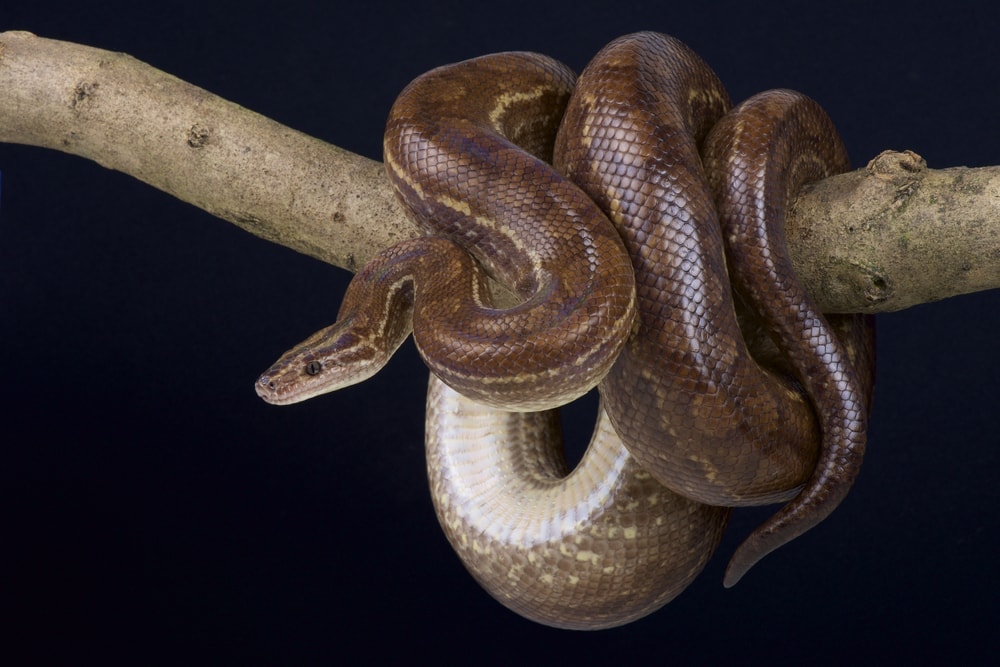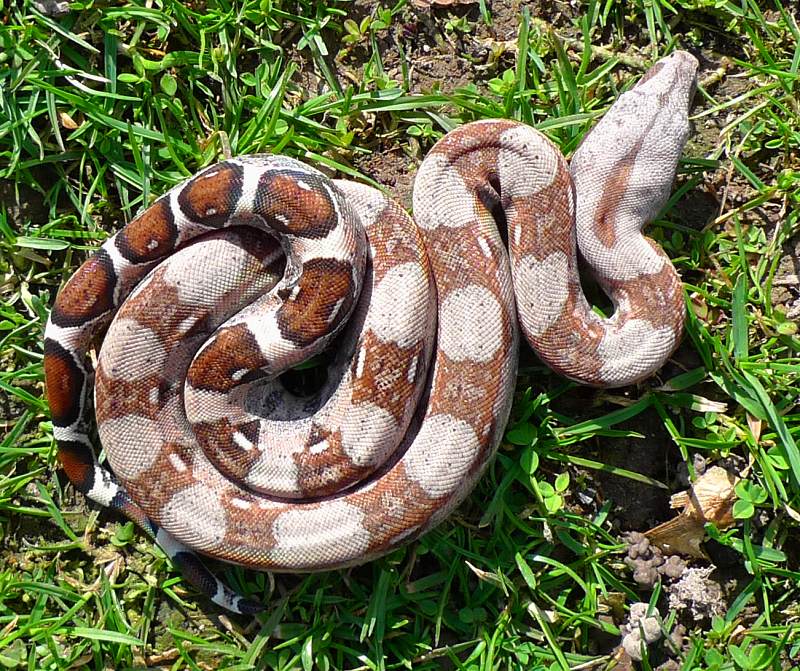


Typical species have 15 to 30 dark saddle-shaped markings along the length of their back - which increase in size and turn redder towards the tail. Most are tan or beige - although some can also appear very dark. There are 10 separate subspecies - but the distinctions between them aren't clear and it isn't unusual to find specimens exhibiting traits of multiple subspecies. It has a wide geographical range stretching from northern Mexico through to Uruguay and northern Argentina. It's a large bodied snake, with adults ranging from 1.8 to 3 metres. This has the scientific name Boa constrictor constrictor - one of the rare cases where the scientific name and common name are more or less the same.
Colombian boa constrictor skin#
This is easily distinguished by its orange/black or chocolate skin with a sheen that refracts the light, demonstrating all the colours of the rainbow. Red-tailed boa, more commonly known simply as the Boa Constrictor, and.Within the Pantanal, there are two species of boa to look out for: Nonetheless, both have have a similar general appearance and the same method of killing their prey through constriction. Boas give birth to live young, whereas pythons lay eggs, and pythons have a wider head due to to the presence of an extra (supra-orbital) bone. Aside from geographical distribution, the other differences are that boas lack the heat-sensing pits that pythons use to track their prey. Firstly, pythons are restricted to areas around Africa and Australasia - whereas as (with a few exceptions) boas are restricted to the Americas. Pythons and boas are frequently confused.


 0 kommentar(er)
0 kommentar(er)
